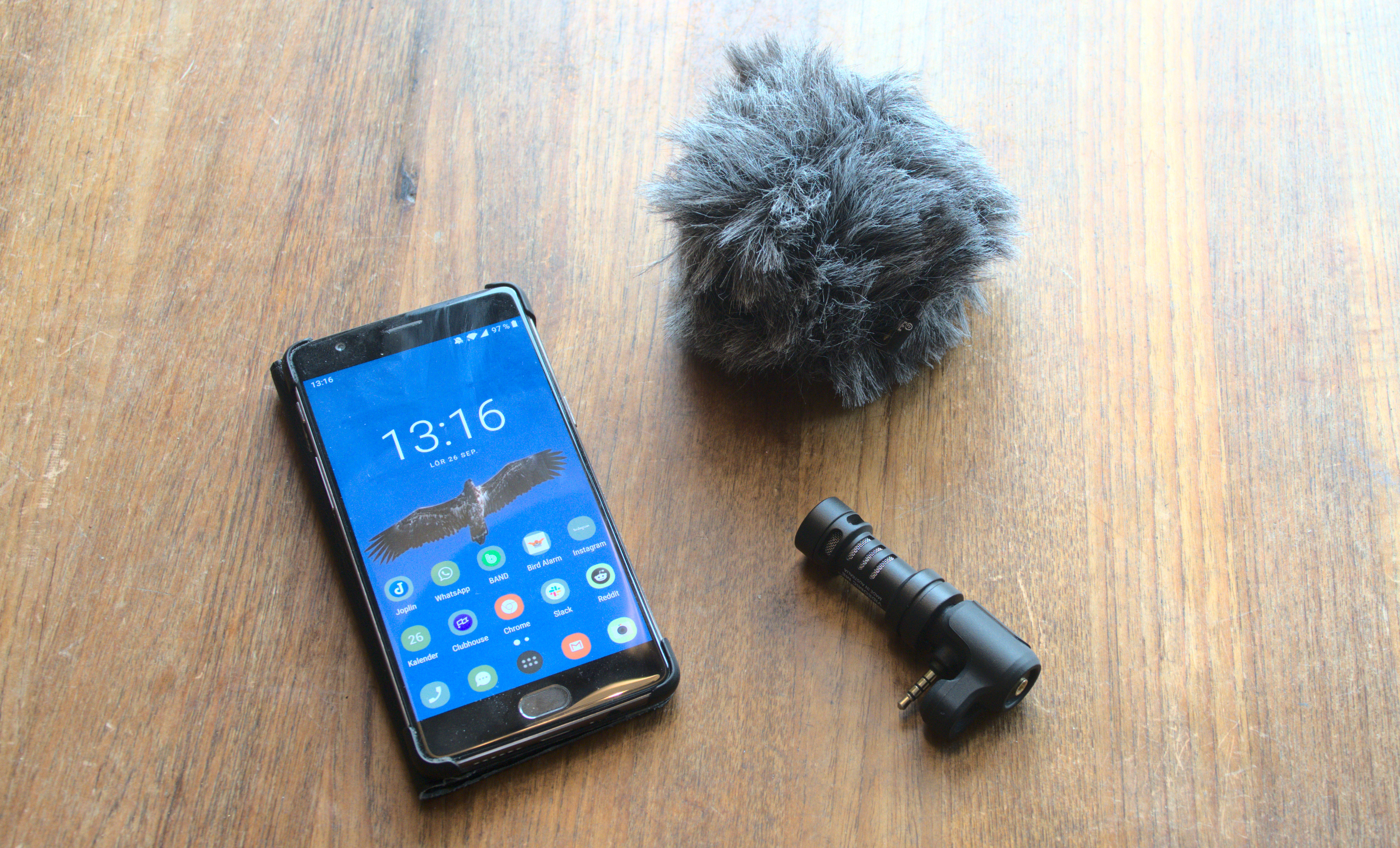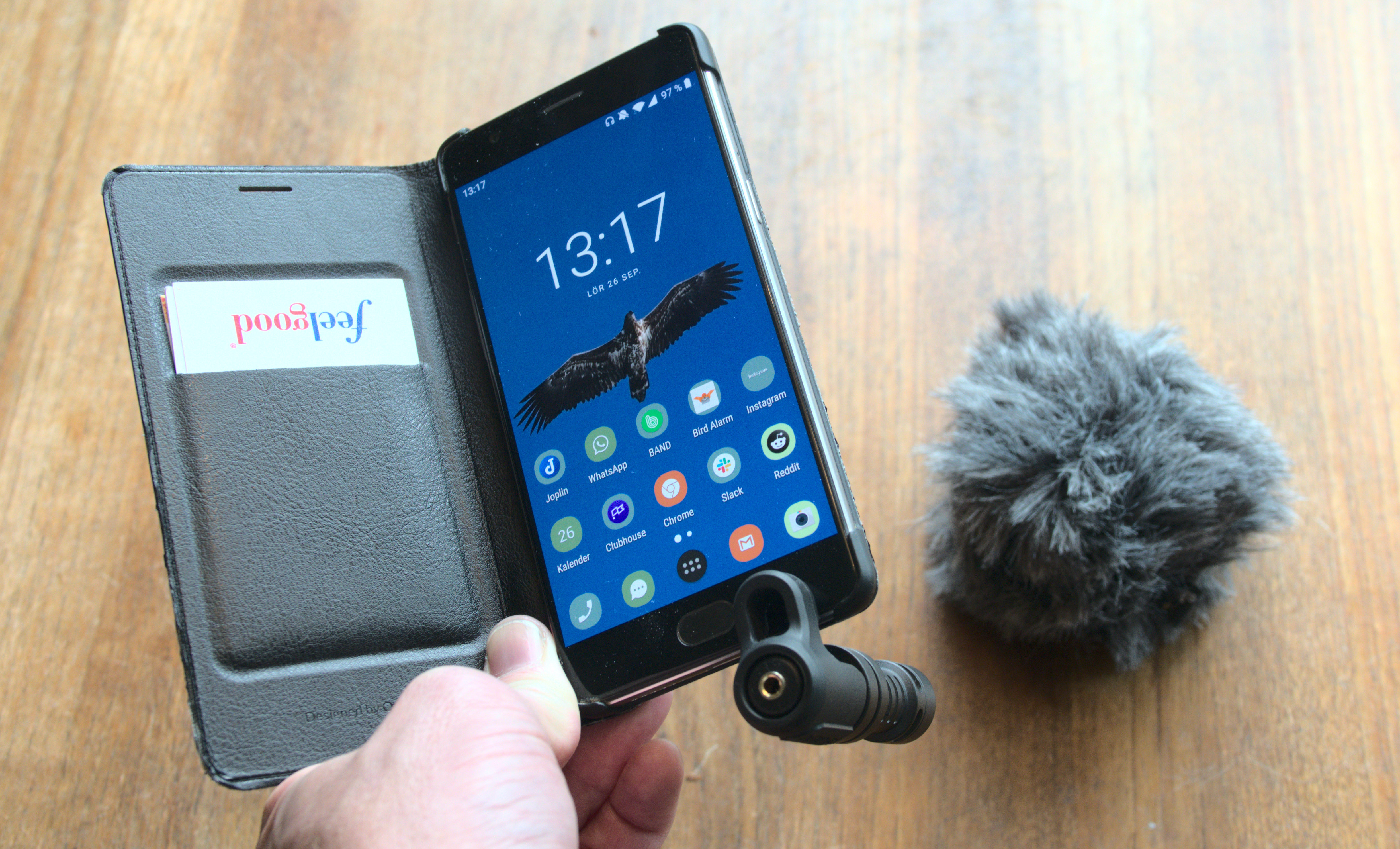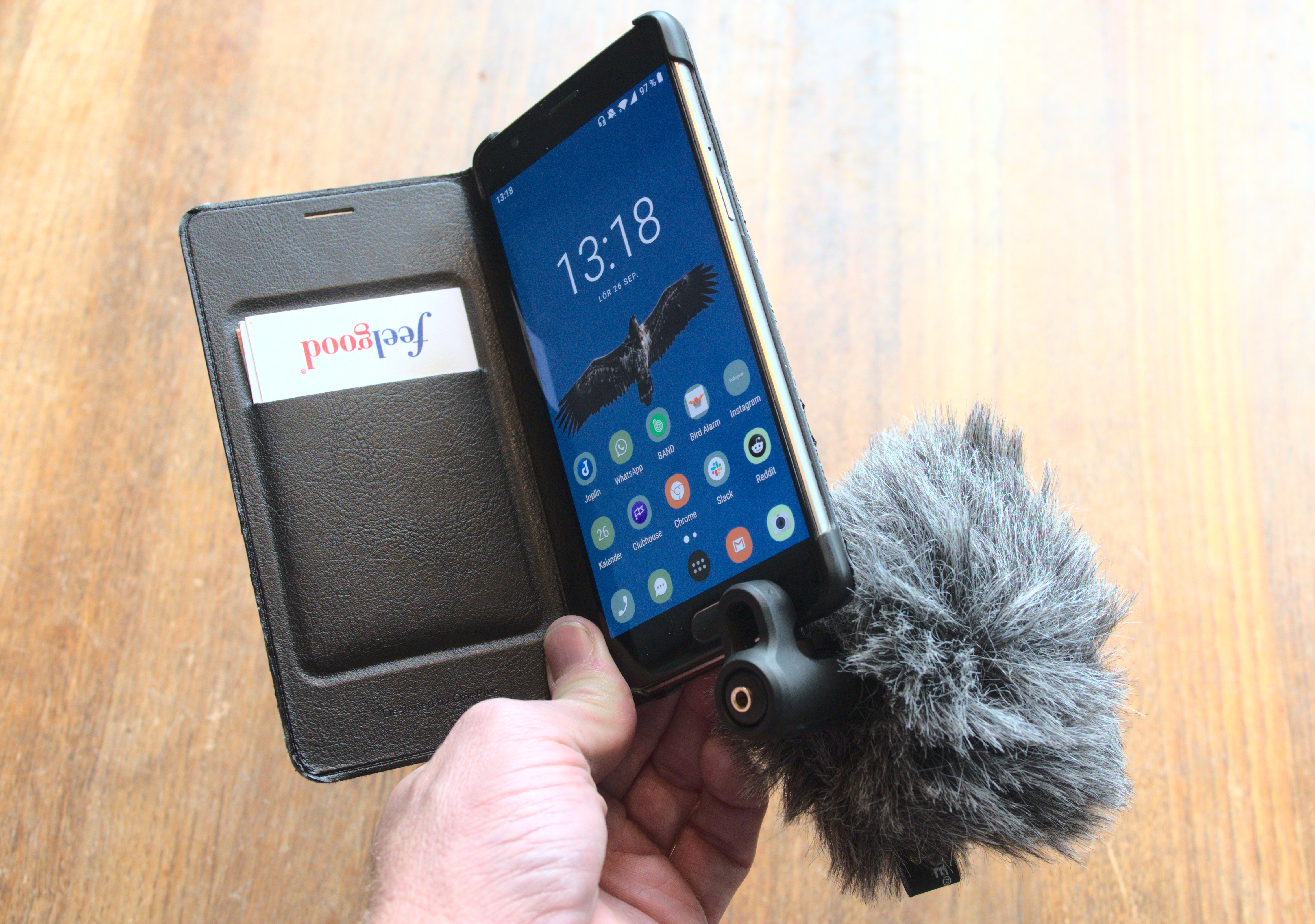This year I decided to start recording birds more seriously. My decision was driven
by a desire to learn more about bird songs and calls, but also to see what I could do
digitally with sound recordings. I have, for a long time, been intrigued by Fourier
transforms and spectrograms
and how they could be used for machine learning
and identification of bird songs and calls. Yes, we all have strange interests deep
down in our souls.
Being an old school computer engineer by education, I have a decent and basic
understanding of what sound, signals, fourier transforms and spectrograms, or
sonograms
A spectrogram is a visual representation of the
spectrum of frequencies of a signal as it varies with time. When applied to an audio
signal, especially when talking of bird songs and calls, spectrograms are called sonograms.
, are.
But I still found it a bit of a challenge to decide on what recording equipment to
use and what software to use for manipulating and analyzing the recordings. I made
some notes on the way and intend to tidy the notes up into a couple of blog posts.
In this first post, I will describe some of my experiences with recording birds
with my camera and also my mobile phone using a small affordable microphone.
Recording with your camera
To begin with, the best sound recording equipment is the recorder you bring along!
Every birder I know has a smartphone. Use it! If you hear a weird warbler subsong
from inside a bush in early september, but you can’t spot the bird, just record
it! Also, most birders today have a digital camera capable of recording video.
You can use that to record sound, even if you don’t catch the bird on video.
Below are two video recordings made with my Sony RX10 IV
camera, using the built-in microphone.
Video 1. Thrush nightingale (Näktergal), Luscinia luscinia, in a bush in
Djurgården park in Stockholm, May 19, 2020.
Video 2. Parrot crossbills (Större korsnäbb), Loxia pytyopsittacus, feeding
on a pine tree in Pålamalm, south of Stockholm, July 31, 2020. You can hear juvenile
begging calls, flight calls and two excitement calls. I will write more about this
specific recording in a separate post.
As you can hear, the audio quality is quite decent. But in the crossbill recording
you can hear both the zooming of the camera as I zoom out, and the light breeze.
Most cameras have a rather cheap microphone, a cheap preamplifier and no wind
protection, so for more serious sound recording you will definitely need some other
sound recording setup. All modern cameras have an audio input jack, where you can
plug in an external microphone, but that will mean more equipment to carry!
I often have a spotting scope and tripod, handheld binoculars and a camera with
me when I’m out. Adding sound recording equipment to that would really be pushing
the limits, both as too the pure weight, but also to the experience of being out
in the field and just enjoying nature. So I was really looking for some recording
equipment that was light, yet decent enough to warrant an investment!
Recording with your mobile phone
Even though the camera of my OnePlus 3T mobile phone is quite good, the built
in microphone is really poor. So my first step in buying dedicated recording
equipment was to look for a small decent microphone that I could use with my mobile.
Hopefully something at least as good as the microphone in my camera. That would
mean, I cound go out birding with just my binoculars and my mobile phone and a
small microphone.
After googling and reading a number of posts on sound birding I quickly realized that
the Sennheiser ME66 and
Sennheiser ME67
are the most commonly recommended shotgun microphones. However they both require
a powering module like the Sennheiser K6
to work, and they are more suited to dedicated high quality recording in the
field. I was more interested in a small, light weight and affordable option.
The Senneheiser microphones and a powering module will easily set you back around
500 Euros (or 5.000 SEK).
I then found the Røde VideoMic Me,
a small directional microphone that works fine with both Android and iPhone mobile
phones and just costs 50-60 Euros (500-600 SEK). However, you need to check if
you want the model with a 3.5 mm TRRS Universal connector (the Me model) or a 3.5
TRS Lightning connector (the Me-L model). Most iPhones today only have a 3.5 TRS
Lightning input jack. Below you can see my mobile phone with the Røde VideoMic
Me, with the TRRS connecter, and the windjammer that comes a long with it.

The nice thing with this setup is that it is light and easy to bring along in the
field and you can record videos with your phone, while using the microphone to
improve the sound recording. Below you can see the microphone attached.

And with the windjammer.

This was a decent upgrade over the built in microphone in my mobile, and seems
to be roughly as good as the microphone in my camera. Listen to the two recordings
below made with my OnePlus 3T mobile phone and a Røde VideoMic Me microphone.
Video 3. Corncrake (Kornknarr), Crex crex in a field in suburban area in
Stockholm, Sweden, May 15, 2020.
Video 4. Two Nightjars (Nattskärra), Caprimulgus europaeus at Orrmossen
in Nacka, just outside Stockholm, Sweden, May 31 2020.
One drawback of using the Røde microphone with a mobile phones, is that it is a
bit cumbersome to have the microphone plugged in to the mobile phone and the
phone in my pocket, ready to be able to quickly record something. Also the mobile
touch screen interface requires a number of steps in order to start a recording.
I need to unlock the screen, select the camera app or the sound recording app
installed and then start it. Also, sticking the phone in a pocket with the wind
jammer on the microphone sticking out, makes me look like I’m walking around with
a baby raccoon in my pocket.
A possible next step up could be to invest in one of the Sennheiser microphones
and try out using it with my camera or on its own, with some other recording device.
An even more ambitious next step could be to invest into a parabolic microphone
setup, such as those from Telinga, but I am
not ready yet for that.
However, before considering more expensive and/or parabolic microphones, I should
say a few words about recording devices. By recording device, I mean a device
capable of taking an analog electrical signal from a microphone, converting it to
a digital signal and storing it on a persistent memory device, such as an SD
memory card. I eventually ended up buying a separate recording device with built
in microphones that also can be used with a Sennheiser shotgun microphone or a
parabolic microphone, should I decide to invest in one of those. I will discuss
recording devices in a separate post.
Note that you can easily extract and analyze the sound track from your recorded
videos. I use Audacity which is a nice, free
and open source and cross-platform audio software program for editing and analyzing
sound. I will also describe how I use Audacity in a separate post.
I extracted a 14-second part of the sound recording of the crossbills in the video
above in Audacity and the saved it to a WAV
file, which I then uploaded to Xeno-Canto.